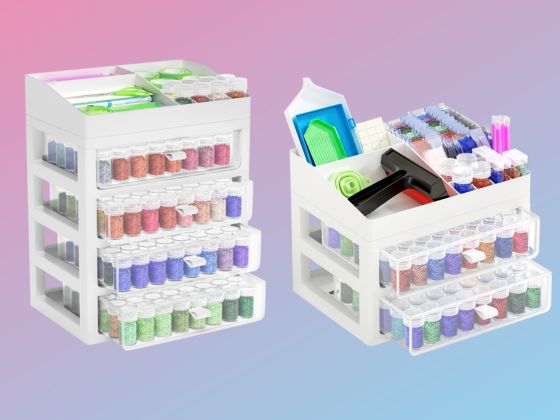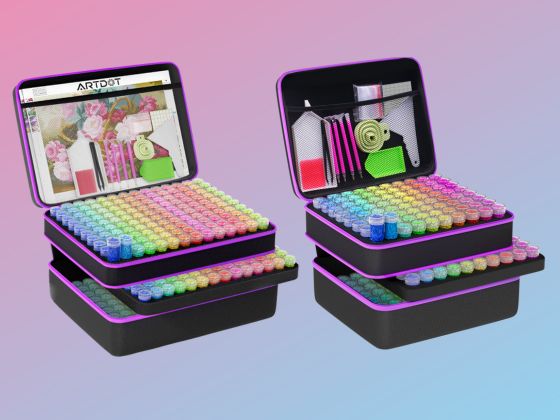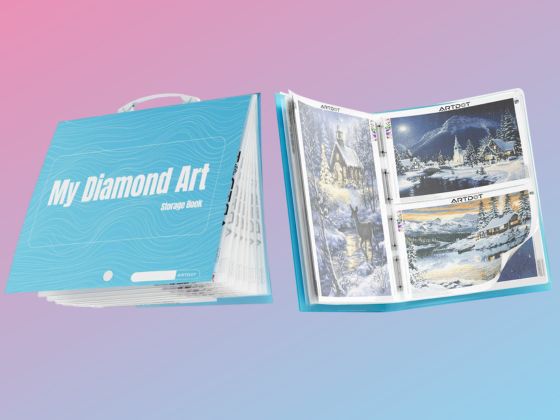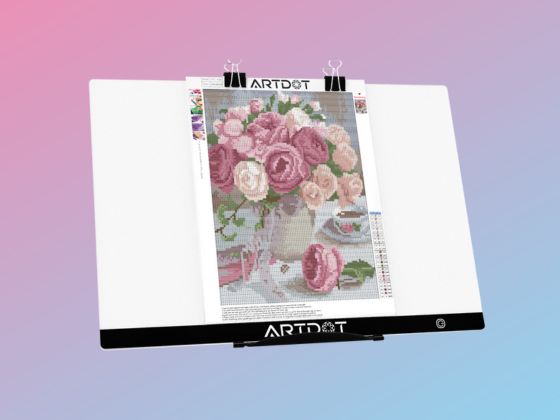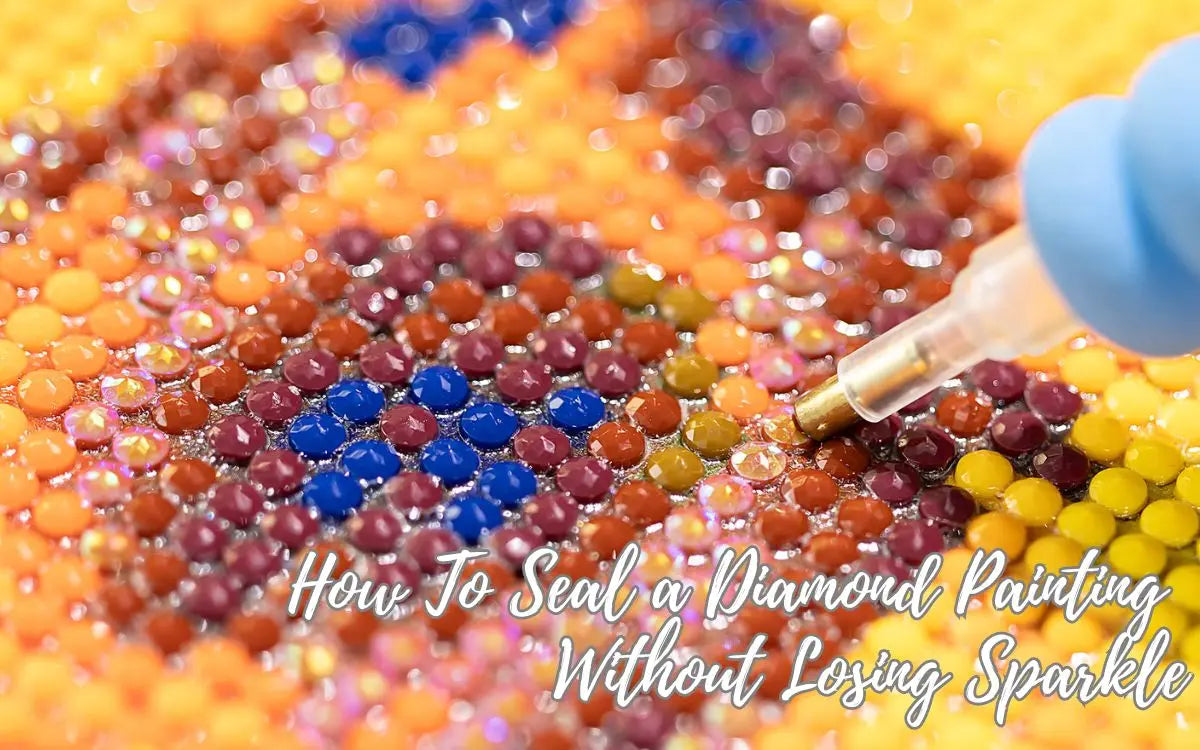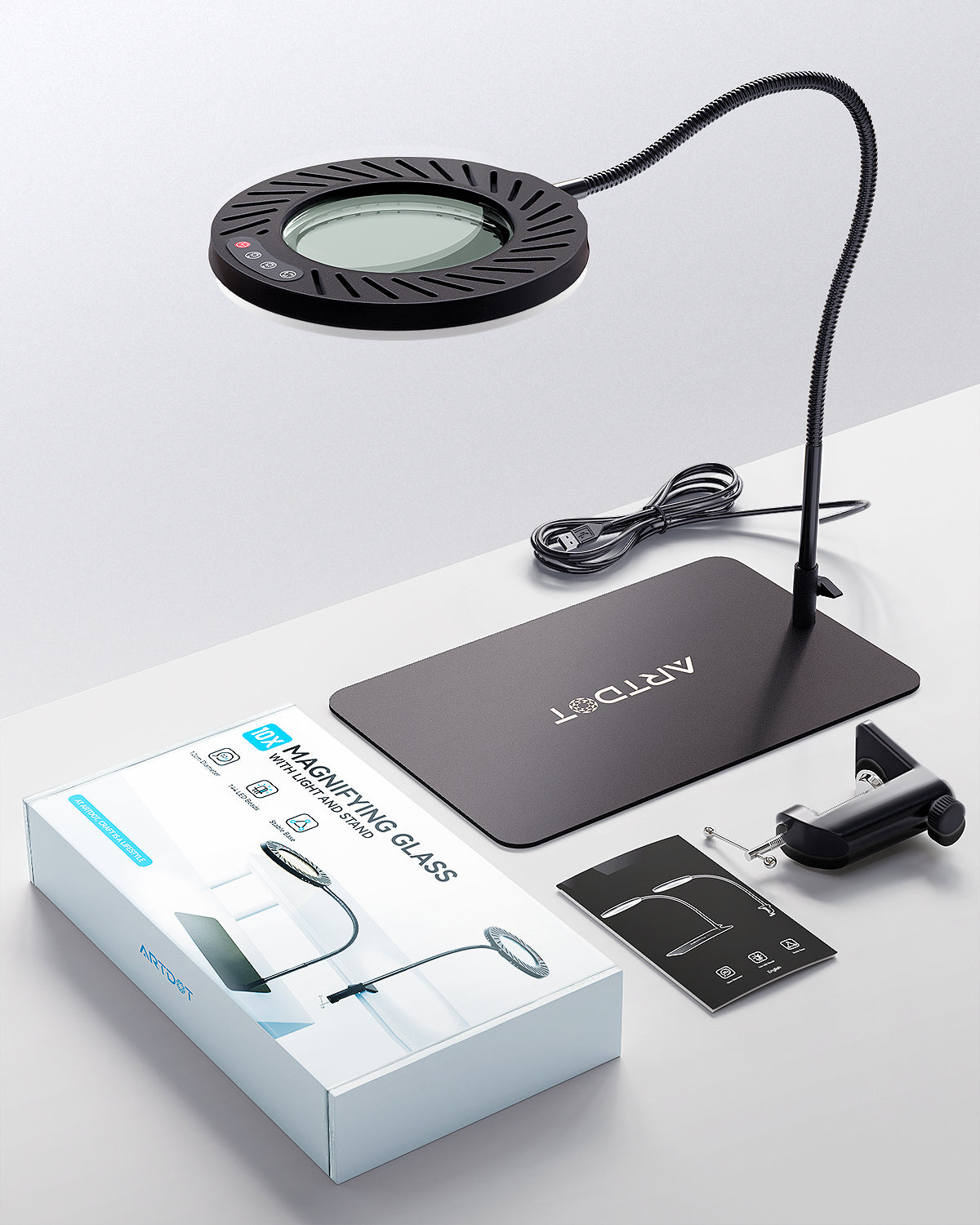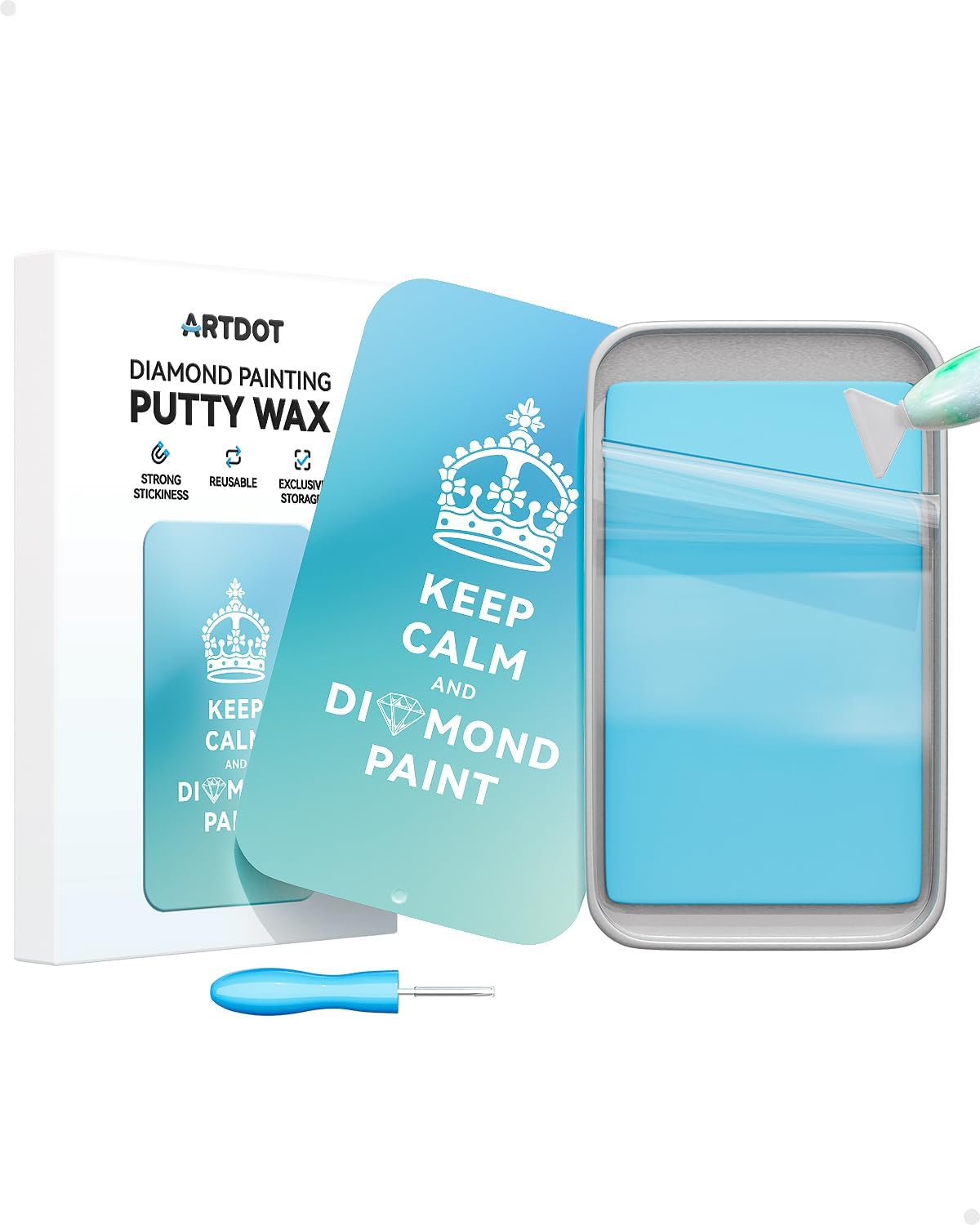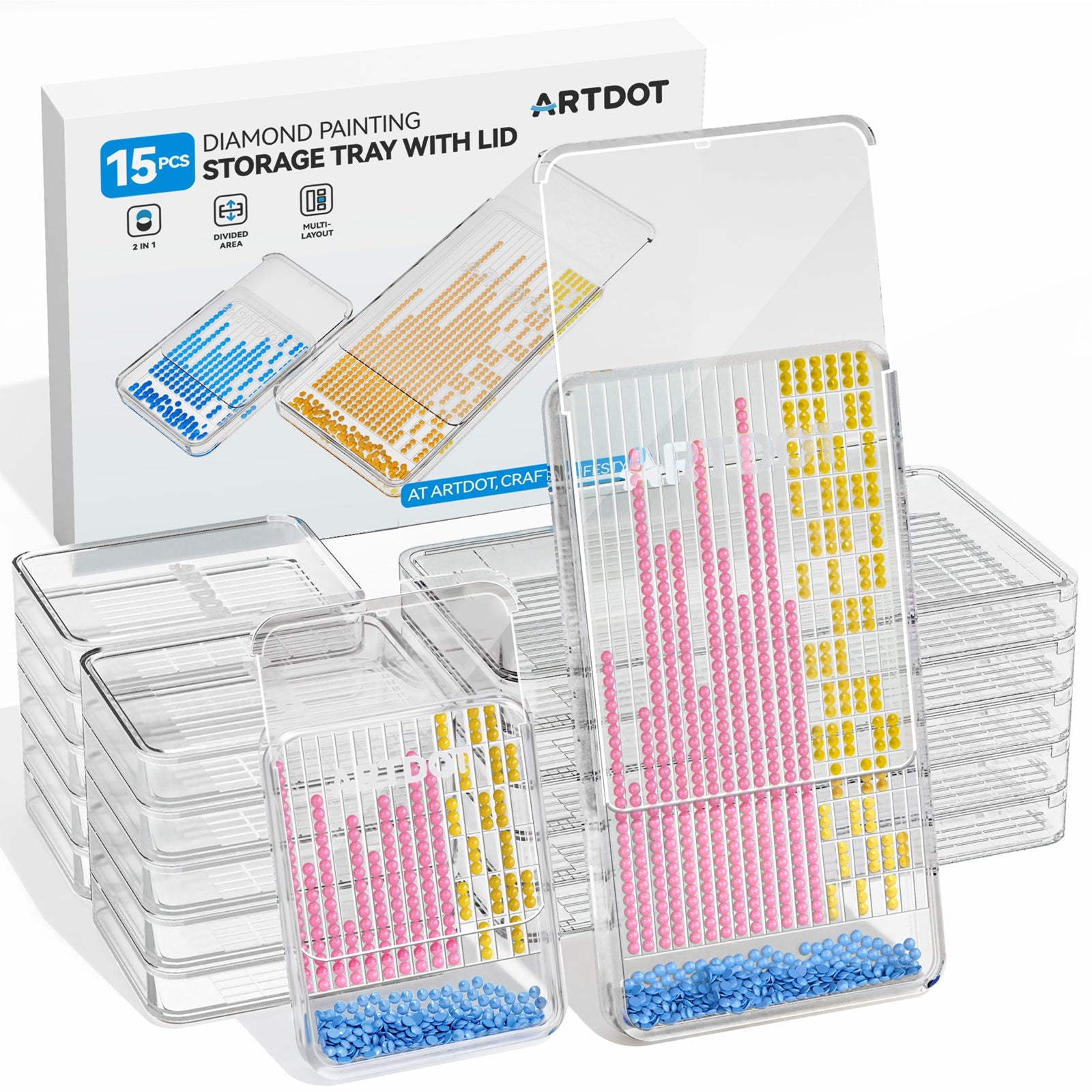Diamond painting is a unique and delightful craft. And these delicate works of art require careful care to maintain their original brilliance and atmosphere. In this process, sealing is an important operation. Sealing not only effectively protects diamond paintings from the external environment, but also improves their overall quality and longevity.
This article will take an in-depth look at how to seal a diamond painting, aiming to help you give your works longer life and deeper expressiveness in your art creation journey. Let us walk into this exquisite process together and inject more lasting artistic charm into diamond paintings.
What do you put on diamond art to seal it?
Sealing is an important step in store finished diamond art. The first step is to choose a good sealing material to ensuring your diamond painting retains its brilliance. The materials commonly used by diamond painting enthusiasts to seal diamond paintings include the following: Minwax, Mod Podge, and Deco art triple thick. Each of these materials has unique properties, so personal preferences and specific needs need to be taken into consideration when choosing. Today’s article mainly introduces how to seal diamond paintings, so I won’t introduce their characteristics in detail. But don’t worry, there are many videos on YouTube that test the effectiveness of different glues for your reference.
Detailed steps on how to seal a diamond painting
Regarding how to do sealed diamond painting, we have summarized the following steps:
Step 1: Prepare materials
Before you start sealing, put all the tools you need on the table to make it easier for you to operate during the sealing process. Generally includes a diamond painting roller, brush, glue, gloves, and clean cloth. You'll also need a container, stir stick, and water if you need to dilute your glue.
Step 2: Clean Diamond Painting
Make sure the diamond painting surface is clean and free of dust or other impurities. You can use a soft brush or hair dryer to gently clean the surface. Then use a diamond painting roller to roll the diamond painting drills on the canvas to ensure that the beads are flat and firm. If there are any protruding drills, reinforce them.
Step 3: Dilute the glue (optional)
If you use super sticky glue, you can pour the glue into a bowl first, then add an appropriate amount of water, mix them evenly with a stir stick, and set it aside.
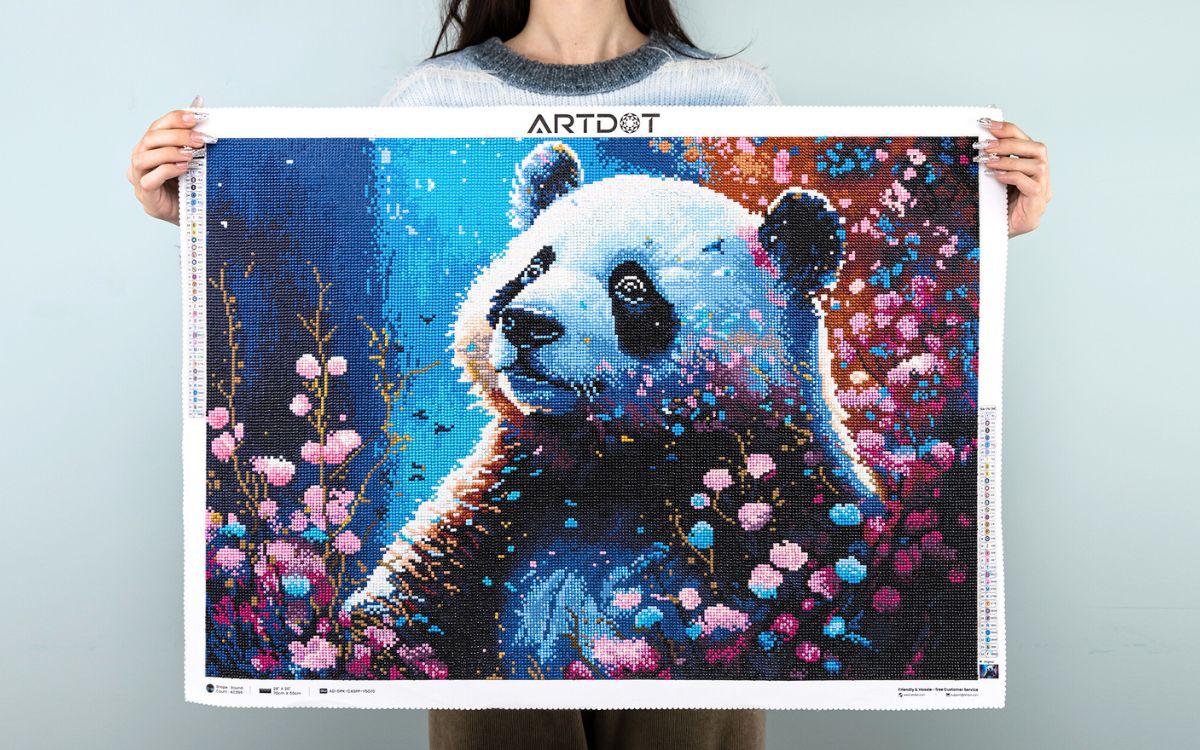
Step 4: Apply sealing material evenly
Wear gloves to prevent glue from getting on your hands and making them difficult to clean. Use a brush to evenly apply the sealing material to the surface of the diamond painting, making sure every part is covered to avoid any omissions.
Step 5: Wipe off excess sealing material
Use a clean cloth or sponge to gently wipe excess sealing material on the screen to ensure that the sealing layer is even and clean. Avoid blurring or unevenness caused by excess material. During the wiping process, pay special attention to the edges and recesses of the screen. Make sure that sealing material does not accumulate in these areas so as not to affect the overall appearance of the diamond painting.
Step 6: Wait for the diamond painting to dry
After completing the above steps, place the diamond painting in a clean and undisturbed place to dry. This may take hours or days, depending on the sealing material used and the ambient humidity. Tips: Never let your furry pet get close to it, otherwise it will be a disaster.
Step 7: Check the Surface
Check whether the diamond painting surface is evenly applied and whether there are any bubbles or uneven parts. If necessary, repairs can be made to ensure a good seal.
After completing the sealing work, if you have not purchased a suitable frame for the time being, you can choose a diamond painting folder book to store your work to prevent it from being contaminated by dust.
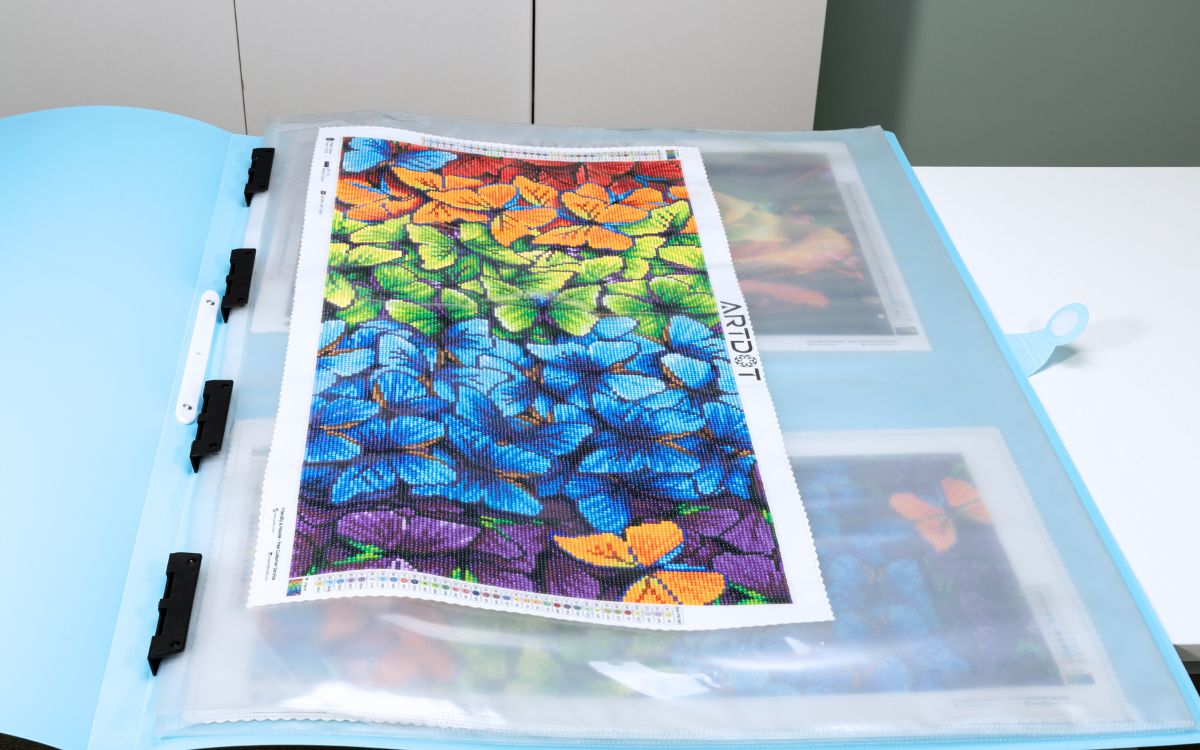
That's all steps about how to seal a diamond painting, another important thing to remember when sealing diamond paintings is to ensure that the working environment is well ventilated and at a moderate temperature so that the sealing material can dry and cure better. This completes the task of sealing the diamond painting and keeping it sparkling. Have you mastered the techniques? Go and try it.
Benefits of Sealing Diamond Painting
Sealed diamond painting has several important benefits:
Protect the surface: The sealing layer can protect the surface of the diamond painting from dust, moisture, or other external factors, extending its life.
Enhance color: Transparent sealing material can enhance the color and contrast of diamond paintings, making them more vivid and attractive.
Improve details: The sealing layer can make the details of the diamond painting clearer, making the sparkle of each diamond more obvious.
Prevent diamonds from falling off: Sealing can strengthen the stickiness of diamonds, reduce the possibility of diamonds falling off, and make diamond paintings more stable.
Sealed diamond paintings will be effectively protected, extending their life and. You can enjoy your carefully crafted diamond painting and it will maintain its original brilliance and beauty over the years. I hope these detailed steps about how to seal a diamond painting will provide useful guidance for you to successfully complete sealed diamond painting. If you find this article useful, please share it with more diamond painting enthusiasts who need it.

